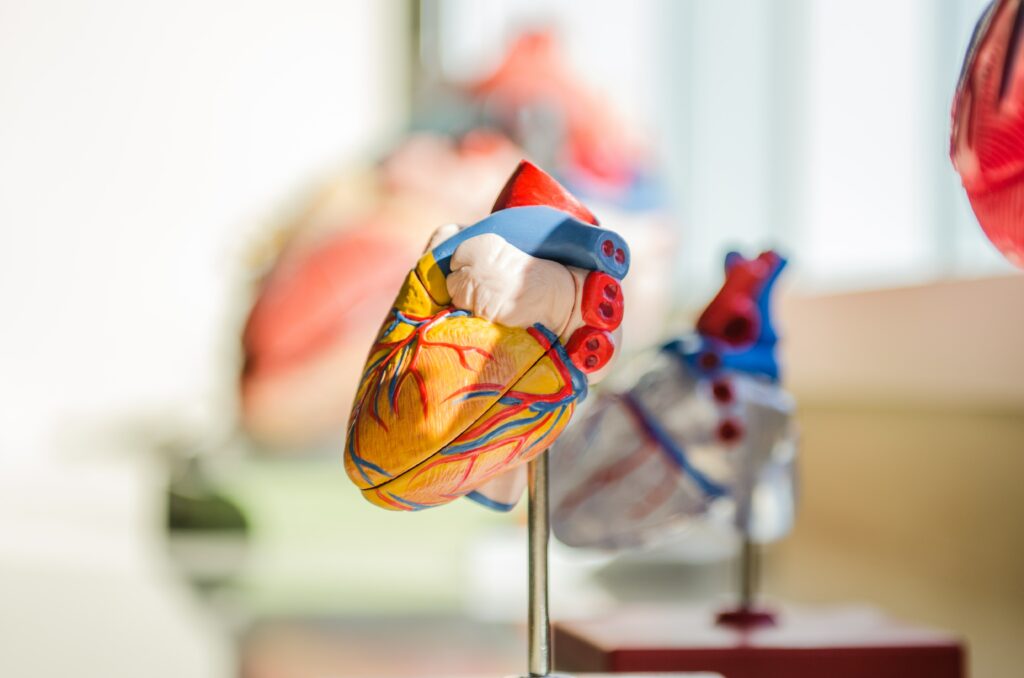
Many PhD training programs are often too focused on a career path in academia. Thanks to a unique European initiative, the Innovative Training Network – ITN, PhD students can perform research at two different universities and also obtain practical training in a pharmaceutical or biotech company. In our faculty, there is currently an ITN project underway that is investigating the often still deadly disease atherosclerosis (hardening and narrowing of the arteries).
The ITN projects are financed through European funds and provide PhD students with a unique opportunity to train at two different universities (outside of their home country) and to also obtain practical experience through an industrial or pharmaceutical internship. As the participants obtain their PhD degree from two different universities, they are awarded a European Joint Doctorate. “An attractive feature of the ITN projects is that the PhD students also conduct a training internship at a European company, so that they can gain a broad perspective on the different types of career paths that they can undertake after completing their PhD,” explains Prof. Guido De Meyer, Chair of the department of Pharmaceutical Sciences. Together with his colleague, Prof. Wim Martinet, he currently leads an ITN project.

Joining forces
Atherosclerosis is a disease in which the inside of the vessel narrows due to a build-up of plaque. Plaque can cause inflammation in the arterial wall, which causes it to narrow and blood flow is restricted. If a plaque bursts, it can cause a blood clot to form that can reduce or completely obstruct blood flow, which can lead to an infarct. The Universities of Antwerp, Aberdeen, Leiden, Milan and Barcelona have been joining forces to find additional treatment strategies for these plaques.
Heart and coronary artery diseases are still deadly diseases. If a plaque forms in the coronary artery, then this can result in a heart attack. If it forms in the carotid artery, then this can lead to a stroke.
– Guido De Meyer
Pacman smells blood
The cause? Our modern lifestyle: a high fat diet, being overweight, diabetes, smoking, high blood pressure and even fine particulates from air pollution. The latter is as detrimental for the heart as high cholesterol levels.
Medications such as statins can effectively lower cholesterol levels in the blood and can reduce the likelihood of inflammation in the arterial wall, but patients are still at risk. Often patients are prescribed statins when it’s already too late. Therefore, the ITN project is investigating the problem from a new angle. In a plaque, small blood vessels or microvessels can form. These try to provide oxygen to the plaque, as deep within the plaque there is an oxygen shortage. These microvessels are fragile and they leak, which causes blood cells and fats to infiltrate into the plaque and they are then devoured by macrophages, a ‘Pacman-type’ of inflammatory cell. This process causes the macrophages to become activated and produce various factors that cause the wall of the blood vessel to die off. This is detrimental, as it increases the likelihood of the plaque bursting and causing further damage.
Another perspective

But what if we could prevent the formation of the small blood vessels in the plaque? That is the research question that the five universities in this project are asking. Italian PhD student Paola Perrotta and Kosovar PhD student Besa Emini Veseli are performing this research in Antwerp and also in Leiden and Aberdeen.
Antwerp plays a leading role in this research project. “If we can prevent the formation of the micro vessels, do we then get a more stable plaque that is likely to burst? We need to test this theory. Testing occurs in animal models, but that was an obstacle for us”, De Meyer explains. Initially, there were no animal models that developed plaques with microvessels. So, a few years ago we developed a transgenic mouse model that does develop plaques with microvessels.

We learnt that there is already a lead-molecule, that has been tested in tumors. This molecule removed energy from the microvessels, by inhibiting glycolysis. We are well on our way to understanding how exactly this molecule works. The ITN project will prove whether our theory is correct. If our theory is proven right, then this could be an additional therapy to statins for the treatment of plaques in atherosclerosis.
Further information
Article was translated and adapted by Dr. Bronwen Martin
